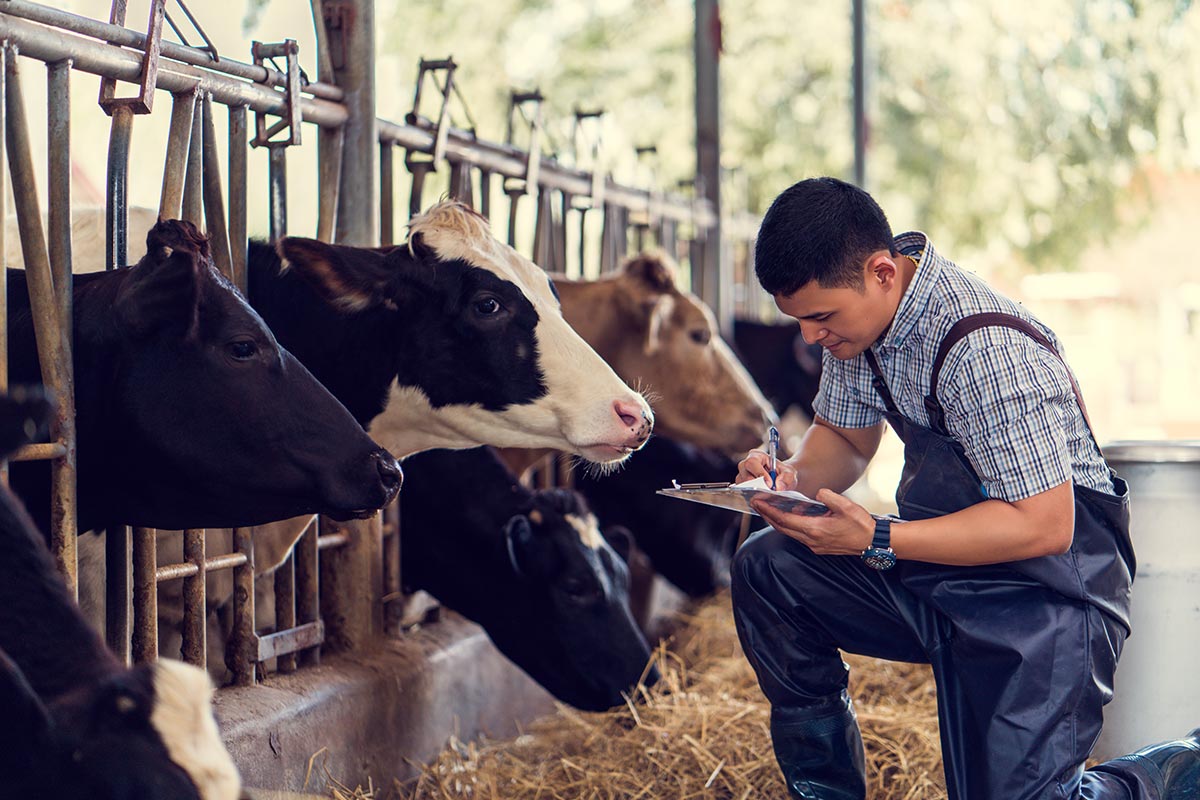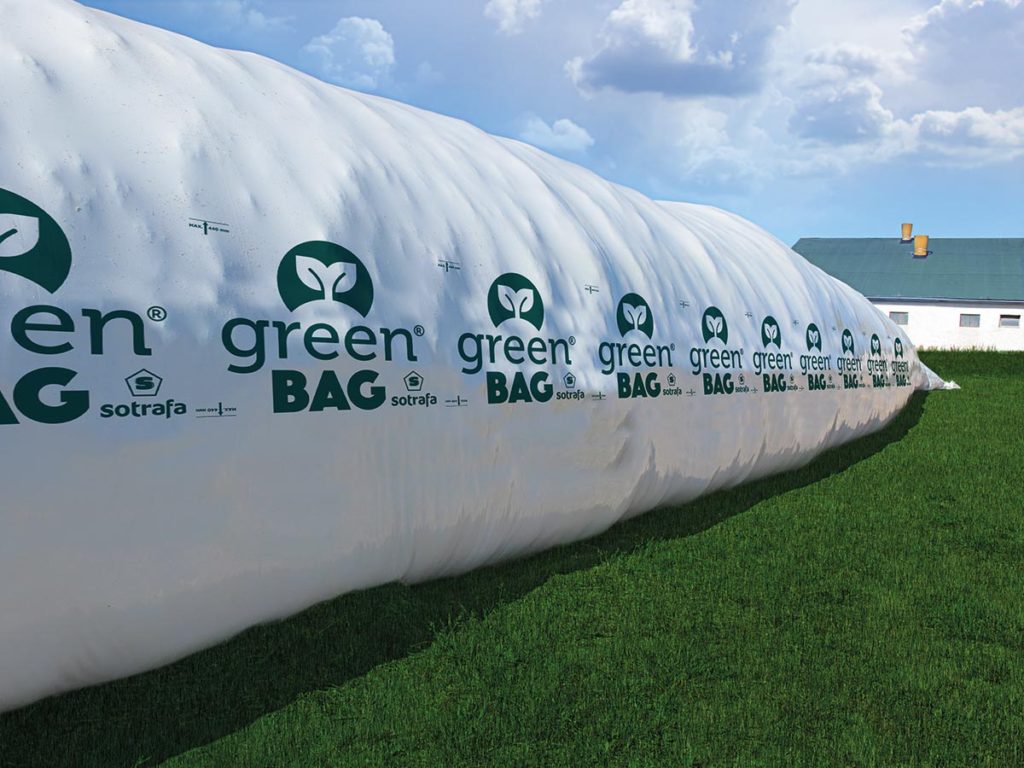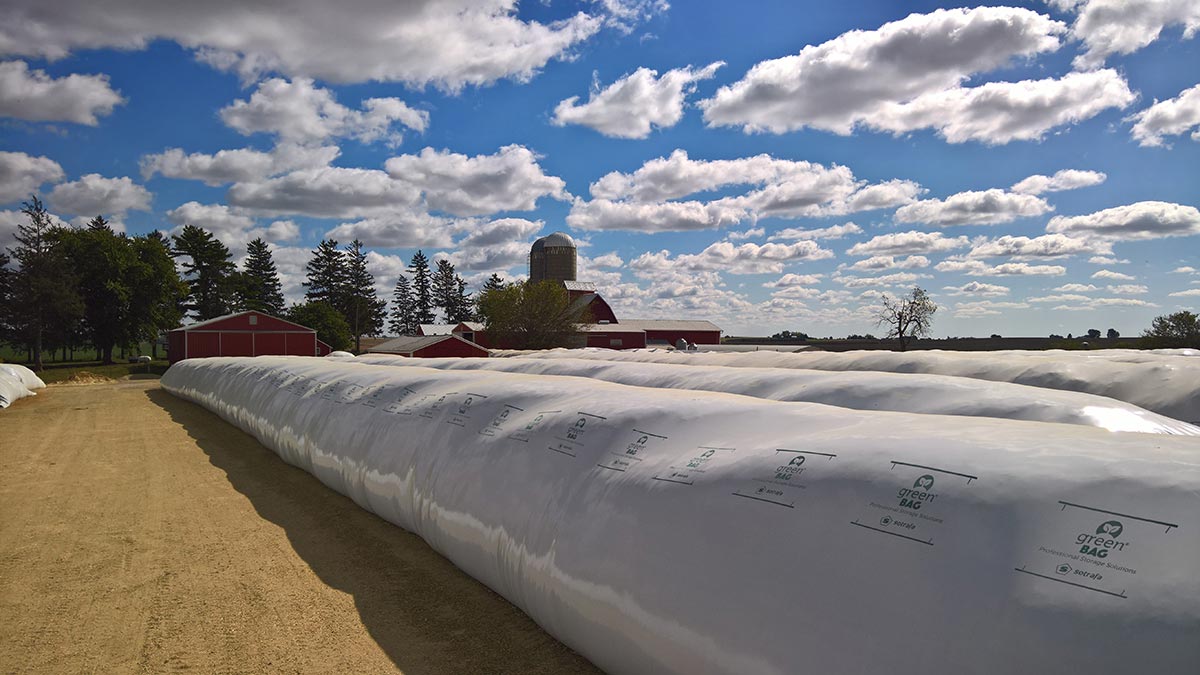
Best practices for milk production

Agriculture includes several areas in which milk production stands out, being one of the economic activities by excellence and one whose importance, far from diminishing, continues to increase as a considerable source of income for farmers worldwide. The producers of this industry are in a continuous search for alternatives that allow them to improve milk production in order to offer optimal and increasingly nutritious food for consumers.
One of the main actions that producers must put into practice in order to improve milk production is to carry out an in-depth analysis to identify all the factors that have an influence, both in terms of the profitability of the product and in relation to the increase of milk production, without neglecting the whole food process necessary to maintain the cattle, which is connected to the climatic seasons of the year that also implies paying due attention to improve the conditions of the pastures.
How can you improve productivity for each cow?
First, performing a continuous and very complete audit to know the general conditions in which the cattle are found is essential. The objective will be to determine if there are any conditions that may jeopardize production and thus, determine the nutritional levers to be implemented.
The good nutrition of livestock is fundamental to improve milk production and today, more and more producers work closely with industry specialists who prescribe the types and quantities of food suitable for each specimen. Prebiotics and probiotics are also often used to help with digestion and as an alternative way to guarantee that cows are healthy.
According to the webpage Alberta Milk, high quality food is important to guarantee the health of cows and milk production, which is why many farmers give their cows a diet where approximately 50 to 60% includes forage (wet or dry), plants that are consumed mainly by grazing of livestock, such as grass or hay.
Among the wet forage group are barley, maize and alfalfa, while dry forage includes grass, alfalfa hay or grass hay or straw. Some people prefer to make a combination between the two groups, but this will depend on the specifications of each dairy farm.
The other percentage of food is based on the intake of concentrated foods such as carbohydrates, proteins, fats, minerals and vitamins essential for the health and productivity of cows. These foods are usually cultivated, harvested and processed by the same producers who are looking to give the best to their animals. However, there are those who do not have the capacity to produce their own food and must acquire them in other markets. In this case, it is crucial to pay close attention and make sure that the raw material acquired is in optimal conditions.
The use of agricultural plastics for food storage
Improving milk production is always possible whenever appropriate measures are taken. In this sense, plastic films are very helpful, because they allow to store and extend the useful life of seeds and foods that will be consumed later by livestock. Therefore, producers must make sure that the supplies contained in silage plastics -where oxygen barrier films (OBF) and silage bags stand out- are in optimum condition. Many workers in the livestock industry agree that it is better to invest in quality silage plastics and thus, prevent environmental factors or pathogens such as mycotoxins from directly damaging the food and animals as well.
Expert Opinion about milk production
We contacted Maruzaan Booyse, a Silage Specialist, in order to have her opinion about best practices for improving milk production and here we resumed her main advices to follow:
“Many people underestimate the value of silage and see it only as a cheap source of feedstuff in the ration, when in fact silage makes up the majority of the dairy cow’s ration providing not only fibre, but protein, starch and energy in the form of volatile fatty acids that are an immediate energy source for the cow”.
“The most important factors to consider with silage is the moisture at ensiling and keeping the system anaerobic. Moisture and oxygen determine the quality of the silage as this affects the growth of yeast and mould causing spoilage in silage. These factors in turn determine the storage system that would work best for the farmer”.
“Worldwide there has been an increase in the use of silage bags for storage, the positives of this system are mostly from the lower oxygen penetration due to quicker filling and smaller face exposure. Due to the rapid filling of this system, it takes a relatively shorter amount of time to reach a stable pH allowing for effective fermentation of your silage to occur, the faster the silage is stabilized the less nutrients are lost”.
“Silage makes up the largest component of the dairy cow’s ration that is why it is essential to determine the quality of the silage. It is important to monitor the quality while making silage and when the silage is being fed out. While making silage you need to consistently check the performance of the harvester in terms of chop length and kernel processing using a penn-state separator”.
“When the silage system is to be opened an accurate sample should be taken and analysed by a lab. It is important to take a representative sample of what the cow will eat, so no spoiled silage should be in the sample. The sample should also be taken at several different locations on the face in order to send a representative sample. The sample can be sent to a lab to perform a NIR analysis that is relatively inexpensive and provides quick and accurate results. If at any point you need advice, or you are in doubt contact your animal nutritionist for advice”.





![[eBook] Sustainability and water management](https://agriplasticscommunity.com/wp-content/uploads/8_550x310_ENG-440x264.png)
![[eBook Trends in Agriculture Plastics] Increasing use of biodegradable mulch](https://agriplasticscommunity.com/wp-content/uploads/550 × 310_2_ENG-440x264.png)
![[eBook Trends in Agriculture Plastics] Reducing the plastic used in the manufacture of agricultural films](https://agriplasticscommunity.com/wp-content/uploads/550 × 310_1_ENG-150x150.png)





















